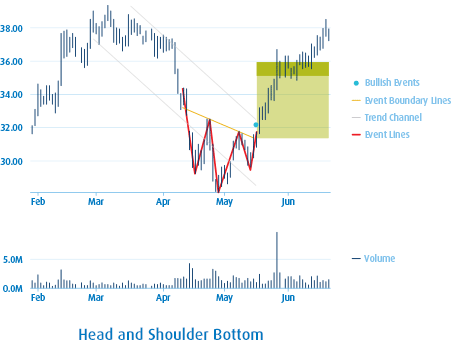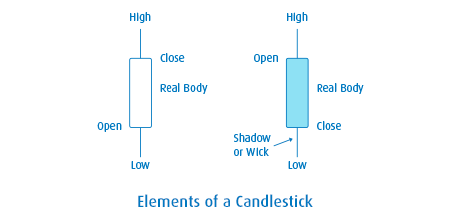
Value investing is a popular investing style that has endured for almost a century, as it’s a proven way to deliver superior returns. Value investors look for companies that appear underpriced based on their fundamentals (“value stocks”). The premise of the strategy is that investors are rewarded when the market realizes this underpricing, and the shares that were bought for “cheap” rise to their fair value.
Value investing was popularized in the 1930s by Benjamin Graham and David Dodd, professors at Columbia Business School in New York. Its most famous disciple is Warren Buffett, who was one of Graham’s students in the 1950s. The legendary Peter Lynch—whose Fidelity Magellan Fund averaged 29% returns from 1977 through 19901 — also had great success by buying unloved, undervalued companies.
Numerous studies have found that value stocks outperform growth stocks and the market overall over longer time frames. In the U.S., the Russell 1000 Value Index delivered higher returns than the overall market during the last 15, 20 and 25 years3. Closer to home, the MSCI Canada Value Index returned 10.4% annualized during the decade ending in 2012, outperforming the broad market by about 1.2% a year3. However, value stocks do not outperform over every period.
What makes a value stock?
All value investors share a passion for undervalued companies, but they use many different strategies to look for bargains. The most common strategy involves looking at accounting measures such as the price-to-earnings (P/E) ratio. If a company’s shares are trading at $20 and its earnings (usually measured over the previous 12 months) are $2 per share, it has a P/E ratio of 10. If the average P/E ratio of other companies in the same industry is 15, a value investor would take notice and do further research into that apparently underpriced stock.
A second important measure is the price-to-book (P/B) ratio, which considers the company’s market value in relation to its book value. (book value can be measured in different ways, but it usually includes the company’s tangible assets, minus its liabilities). Again, if a company’s P/B ratio is lower than its peers, value investors will take a closer look.
Dividend yield is another common value factor: when a stock is trading with a high yield, that may indicate it is undervalued. Other value investors have their own criteria for identifying companies with healthy balance sheets, reliable profits and strong cash flows that are not fully reflected in their share price.
The challenges of value investing
While value investing is a proven strategy, it is challenging to implement. First, it can be difficult for investors to tell the difference between a stock that is undervalued and one that justly deserves its low price because there has been a fundamental change in the company’s health. Further, cheap stocks can remain cheap for a long time, and they may even decline further in price. These perennial disappointments are called “value traps.”
A second challenge with value investing is controlling your emotions. It is easy in concept to buy stocks when their prices appear low, however it’s hard to actually pull the trigger if low prices coincide with periods of high volatility or market uncertainty. Many quality companies were trading at historically low P/E and P/B ratios in early 2009 during the financial crisis. Disciplined value investors took advantage of this opportunity, but it required a lot of courage to put money on the line during this highly volatile period.
Succeeding as a value investor
Given these challenges, the key to successful value investing is having comprehensive, reliable data and a clear strategy to help you put your research into practice.
BMO InvestorLine recently launched Value Analyzer™, a tool to help identify opportunities using techniques made famous by the world’s most successful value investors. This unique tool allows investors to:
- Evaluate a stock’s key fundamentals at a glance including historical earnings per share (EPS), revenue growth, and dividend growth both in table and interactive graphical format, . Compare a company’s important ratios (such as P/E and P/B) to peers in the same industry.
- Quickly assess if a stock is trading at its “fair value”. Value Analyzer™ grades each stock with a red (overvalued), yellow (fairly valued), or green (undervalued) traffic light based on its current trading price relative to its fair value.
- Do a what-if analysis to adjust growth assumptions and view the impact on a stock’s value rating. Find new ideas using the Featured Value Stocks page, or by screening for value opportunities using their own criteria in the Value Screener.
Value Analyzer™ was created by Recognia, a worldwide leader in providing investment research tools to retail investors. It is now available for free to all BMO InvestorLine account holders. For more information on Value Analyzer™, sign into your BMO InvestorLine account.
1From Keys to Value Investing, Recognia presentation
2Source: Dimensional Returns 2.0. For the broad market I simply used the Russell 1000.
3MSCI Canada Value Index data is from MSCI. For the broad market, one can use either the S&P/TSX Composite or the MSCI Canada Index, both of which returned 9.2% annualized during this period.
BMO InvestorLine Inc. and BMO Ligne D’action Inc. provide this commentary to clients for informational purposes only. The information contained herein is based on sources that we believe to be reliable, but is not guaranteed by us, may be incomplete or may change without notice. The comments included in this document are general in nature, and professional advice regarding an individual’s particular position should be obtained.
BMO InvestorLine Inc. is a member of BMO Financial Group.
® Registered trade-mark of Bank of Montreal, used under licence. BMO InvestorLine Inc. is a wholly owned subsidiary of Bank of Montreal Holdings Inc. Member – Canadian Investor Protection Fund and IIROC.



















